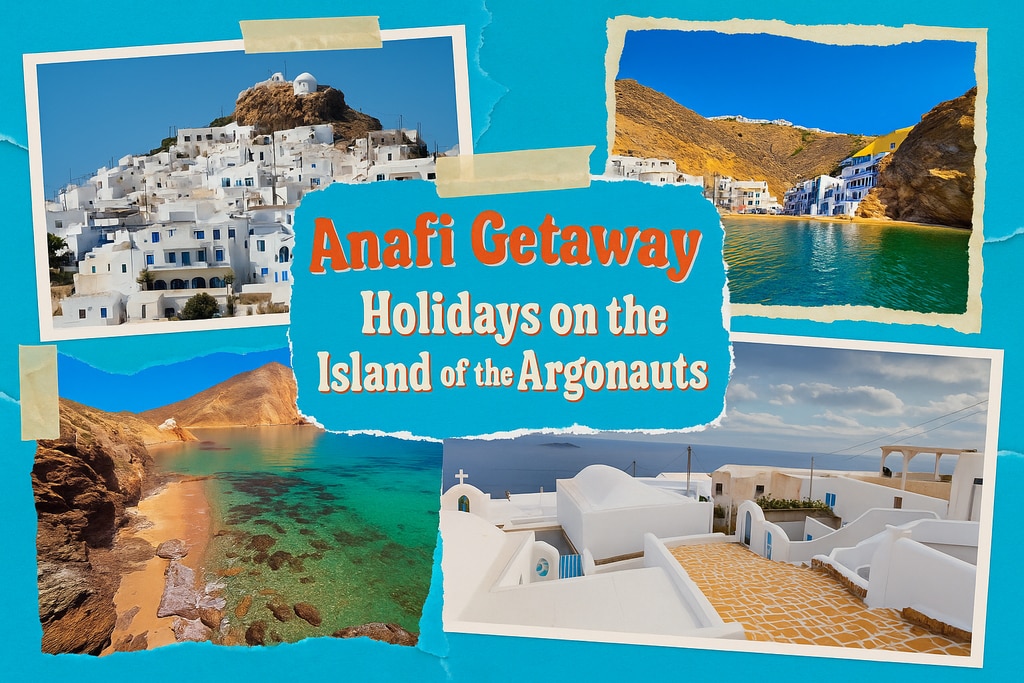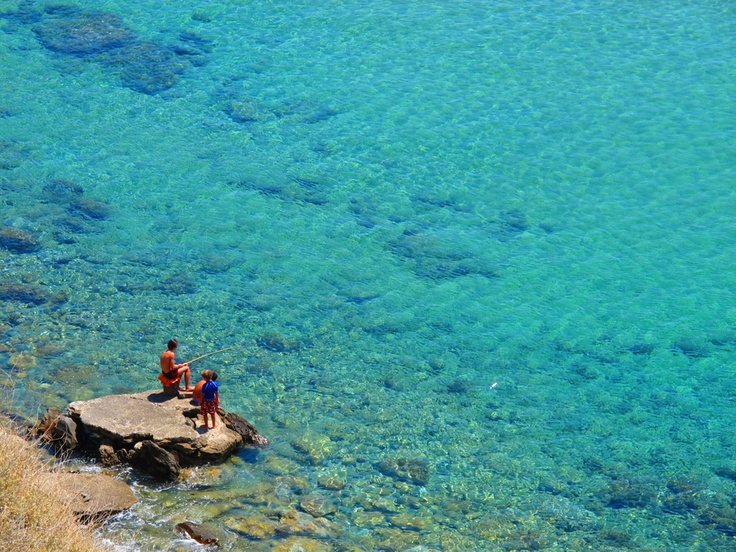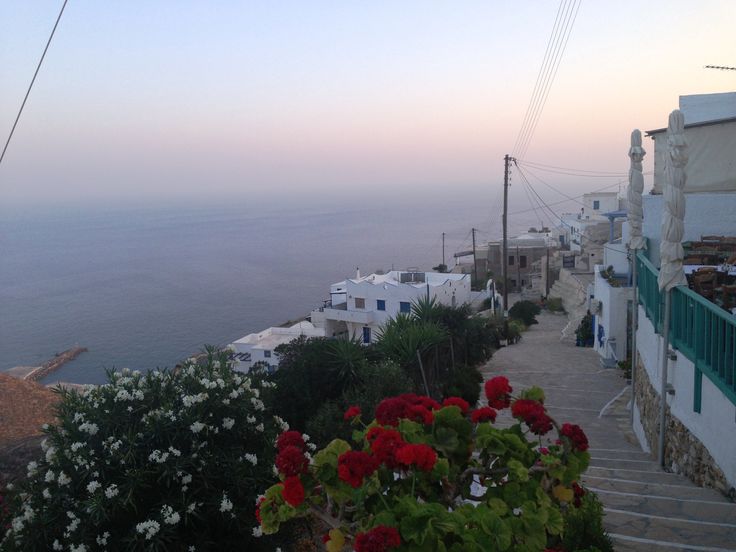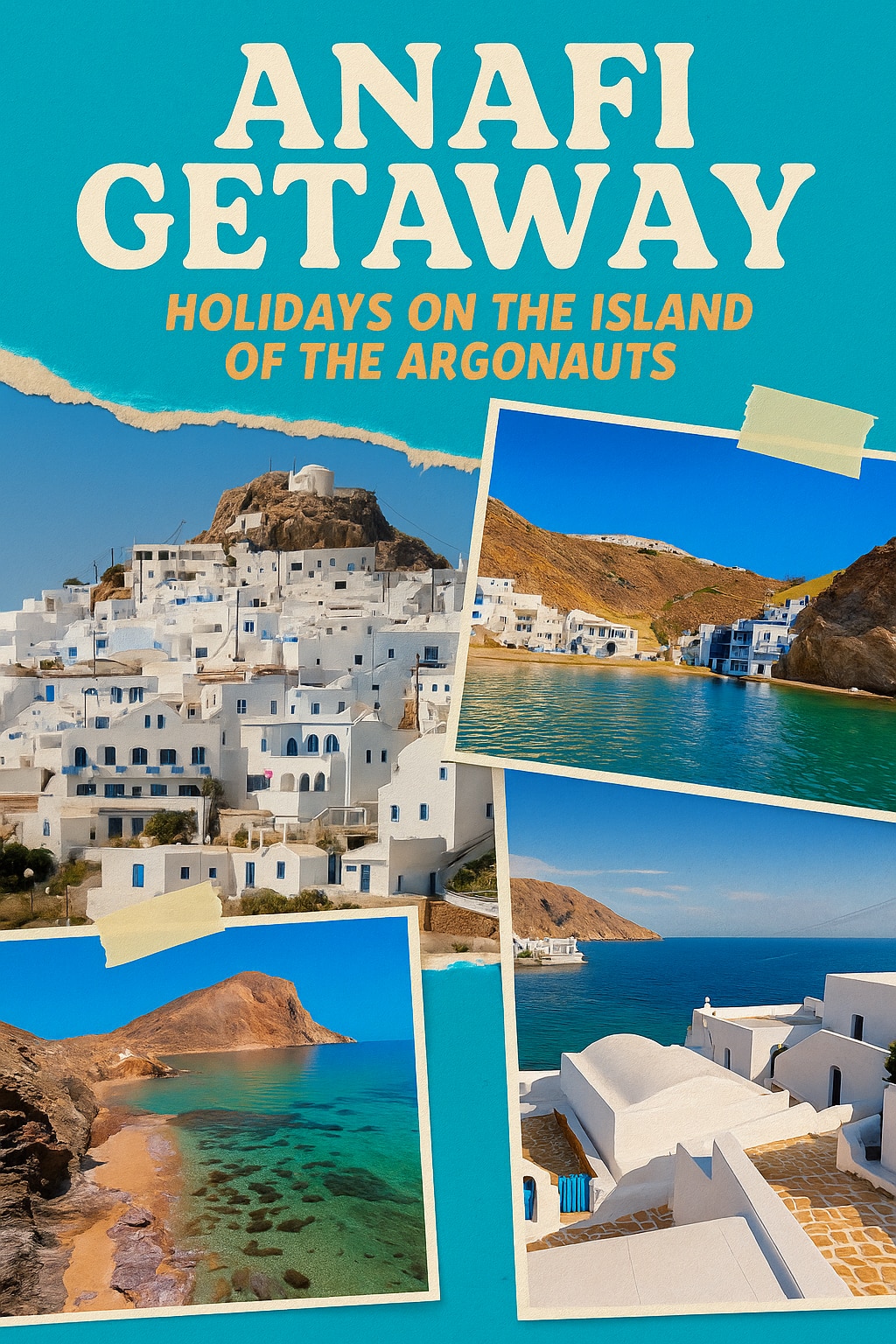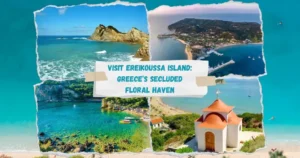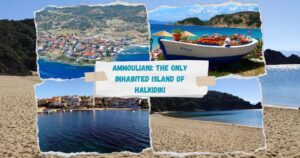Anafi Getaway: Holidays on the Island of the Argonauts
Tucked quietly to the southeast of the more boisterous and bustling Santorini lies Anafi, a tiny island in the Cyclades that seems to have stepped out of myth and remained forgotten by time. It’s a place that barely registers on most tourist maps, and yet, for those seeking raw natural beauty, untouched beaches, and the slow rhythm of authentic island life, Anafi is an unparalleled getaway.
According to ancient legend, Anafi emerged from the sea to offer refuge to Jason and the Argonauts during a violent storm. Whether one believes the myth or not, the island indeed feels like a secret sanctuary—rugged, mystical, and deeply tranquil. This is not the place for luxury beach clubs or five-star resorts. Anafi is where you come to find silence, stars, and soul-soothing simplicity.
How to Reach Anafi
Getting to Anafi isn’t simple, and that’s part of its charm. There is no airport here. Most travelers arrive by ferry, either from Santorini (around 1.5 to 2 hours) or from Athens’ Piraeus port (a long but scenic 10–12-hour journey). The ferry schedule changes depending on the season, so checking it in advance is crucial. From Santorini, it’s easy enough to catch a local ferry, especially in summer months. Once you arrive at the small port of Agios Nikolaos, you’ll quickly realize how refreshingly un-touristic the island is. There’s a local bus that connects the port with the main village of Chora, but don’t expect frequent service—most people rent scooters or simply walk. Anafi is small enough to navigate on foot if you’re up for some light hiking and don’t mind the terrain.
Chora: Life on the Hill
The heart of Anafi beats in Chora, the island’s only real settlement. Perched high above the sea on a hilltop, this small whitewashed village is the epitome of Cycladic charm, minus the crowds. Narrow winding alleys, bougainvillaea-covered doorways, lazy cats sunbathing on stone steps—it’s all here, only without the chaos of commercial tourism. There are a handful of tavernas, mini-markets, and small guesthouses. The people of Chora are warm and welcoming. Many are fishermen, farmers, or artisans whose families have lived here for generations. Don’t be surprised if you get invited for a shot of raki or a plate of homemade goat stew. Life here moves slowly. The air smells of thyme and fig trees. From the hilltop, sunsets spill over the Aegean in wide, golden strokes. It’s a place that makes you want to stay longer than you planned.
Beaches of Silence and Solitude
Anafi’s coastline is a dream for lovers of wild, undeveloped beaches. The most famous is Roukounas Beach, a long stretch of golden sand backed by tamarisk trees and free of sunbeds or beach bars. It’s also popular among free campers and nudists. You’ll often find people playing guitars, doing yoga, or simply lying in the sun with nothing but the sound of the waves for company. Getting there requires a 45-minute hike from Chora or a bumpy ride on a dirt road if you rent a 4×4. Katsouni, Kleisidi, and Agioi Anargyroi are smaller beaches, each with its own unique landscape. Kleisidi is the easiest to reach from the port and offers a couple of tavernas nearby where you can enjoy a seafood lunch with your feet in the sand. If you’re feeling adventurous, hike to Monastiri Beach or Mesa Potamos, more remote spots with crystal-clear water and practically no one around. Don’t expect umbrellas or bars—bring water, snacks, and shade if you’re staying long.
Hiking to Kalamos Rock and the Monastery
One of Anafi’s greatest experiences is the hike to the Monastery of Panagia Kalamiotissa, perched on the towering Kalamos rock, the second-largest monolithic rock formation in Europe after Gibraltar. The hike starts from the older Monastery of Zoodochos Pigi, which can be reached by car or scooter. From there, a steep 60-90 minute hike takes you to the top of Kalamos. The path is marked but challenging, especially under the summer sun, so start early and bring water. The reward is immense: a 360-degree view over the island and the endless Aegean Sea. The monastery at the summit is tiny, often locked unless there’s a local celebration, but the silence and beauty of the place are powerful. You’ll likely be alone, save for a few goats and the echo of the wind.
Food and Local Delights
Despite its size, Anafi has a rich culinary identity. The tavernas here offer fresh, home-cooked meals, and many ingredients come directly from the island’s farms. Try patatato, a slow-cooked goat stew with potatoes and cinnamon, or fava, made from split peas grown on the island. Local cheeses like myzithra and chloro are served with crusty bread and a drizzle of wild thyme honey. Fresh fish is caught daily and served grilled with lemon. There’s also xerotigana, a sweet fried pastry often sprinkled with sesame and honey. Don’t miss the rakomelo, a sweetened raki infused with cinnamon and honey, usually served warm in the evenings. Meal prices are reasonable—around €10–15 per person for a hearty dinner, and less if you stick to meze-style snacks.
Where to Stay and What It Costs
There are no big resorts on Anafi, but there are charming options if you book early. Most accommodation is concentrated in Chora and around Kleisidi beach. Rooms start at around €30–40 per night in spring and autumn, rising to €60–80 in peak summer months. Guesthouses are family-run and often provide balconies with sea views. You won’t find luxury here, but you’ll get genuine hospitality, clean rooms, and a real connection to the place. Wild camping is common on Roukounas Beach, although it’s technically not legal—it’s unofficially tolerated as long as campers respect the environment. Bring a good tent, a headlamp, and your own supplies if you go this route.
Best Time to Visit and What to Pack
Anafi is best visited from late May to mid-September. July and August are the warmest, with temperatures hitting 30–35°C, but also the busiest (though still far less crowded than other Greek islands). June and September offer a perfect balance—warm seas, fewer people, and slightly cooler evenings. Pack light clothing, a hat, strong sunscreen, good walking shoes for hikes, and a light jacket for cooler nights in the mountains. If you plan to hike or camp, bring gear accordingly, as there’s limited availability on the island itself.
Travel Tips and Island Etiquette
There are no ATMs on the island, so bring enough cash. Most tavernas and rooms accept cash only. Wi-Fi is available in many accommodations, but it’s not always fast or stable. Shops are small but carry essentials. Locals are friendly and proud of their traditions. Dress modestly when visiting churches or monasteries, and always greet people with a warm “Kalimera” in the morning or “Kalispera” in the evening. Silence is part of Anafi’s magic, so enjoy the peace and respect the rhythm of local life. If you rent a scooter, be cautious—the roads are narrow and winding. And always take your trash with you, especially on the beaches and hiking trails.
Why Anafi Is More Than Just a Destination
Anafi doesn’t try to impress. It doesn’t lure with flashy nightlife, Instagrammable cafes, or posh shopping streets. Instead, it wins hearts quietly—with the scent of wild herbs on the wind, with the laughter from a small taverna where strangers become friends, with the light of stars undimmed by city glow. It’s the kind of place you don’t just visit—you remember it, feel it in your bones, and long to return. In a world of over-tourism and curated travel experiences, Anafi remains beautifully real, beautifully raw. It’s not for everyone—but if you’re the kind of traveler who finds joy in remote trails, homemade food, endless blue skies, and places that still whisper stories from the past, then Anafi might just be your island.

